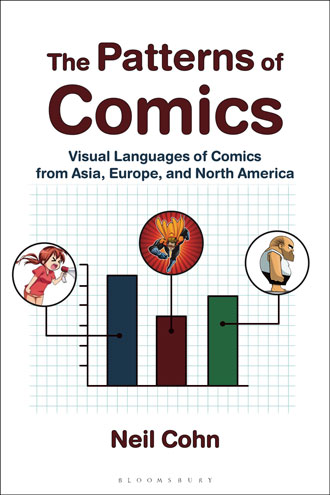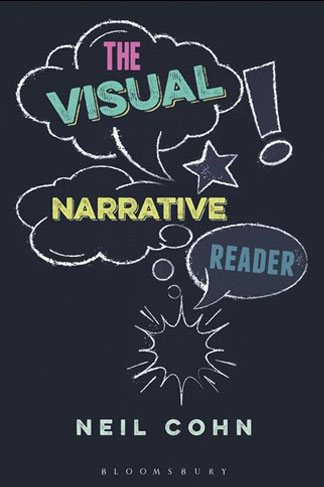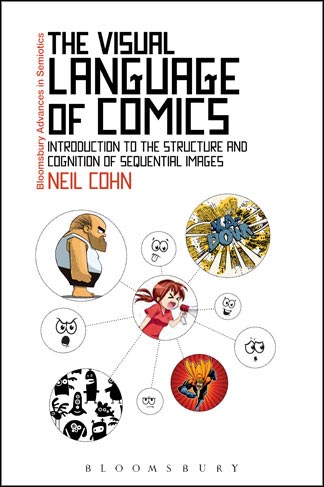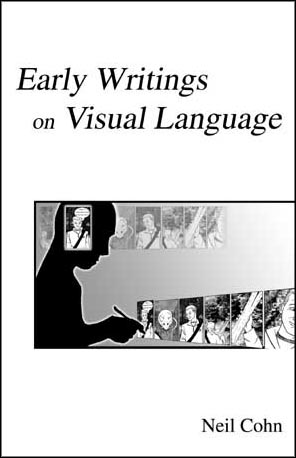Who Understands Comics?
Who Understands Comics?
Questioning the Universality of Visual Language Comprehension
2021 Eisner Award nominee for Best Academic/Scholarly Work
Drawings and sequential images are so pervasive in contemporary society that we may take their understanding for granted. But how transparent are they really and how universally are they understood?
Combining recent advances from linguistics, cognitive science and clinical psychology, this book argues that visual narratives involve much greater complexity and require a lot more decoding than widely thought. Although increasingly used beyond the sphere of entertainment as materials in humanitarian, educational, and experimental contexts, Neil Cohn demonstrates that their universal comprehension cannot be assumed. Instead, understanding a visual language requires a fluency that is contingent on exposure and practice with a graphic system. Bringing together a rich but scattered literature on how people comprehend, and learn to comprehend, a sequence of images, this book coalesces research from a diverse range of fields into a broader interdisciplinary view of visual narrative to ask: Who Understands Comics?
ISBN: 978-1350156043
2020 / 256 pages

Praise for Who Understands Comics?
“Building on a wealth of data, Cohn bolsters his claim that understanding sequential images is analogous to learning a language. Impressively complementing theoretical expertise and literature reviews with his own experimental research, Who Understands Comics? provides astute insights into visual interpretation cross-culturally, developmentally, and neurologically – thereby moreover benefiting cognition studies.”
– Charles Forceville, Associate Professor in Media Studies, University of Amsterdam, The Netherlands
“McCloud helped us understand the comics form, but Cohn delves even deeper, synthesizing diverse theories and empirical research data to explore the factors (culture, neurodiversity, etc.) that determine how readers engage with, comprehend, and react to comics.”
– Randy Duncan, Director of the Center for Comics Studies, Henderson State University, USA
“The promise of this volume is that it will inspire more research, certainly in the next generation of scholars. Cohn has mastered the ability to convey complex information in a straightforward and compelling manner, and I will make this book required reading for the students who enter my lab. It is a must read for anyone conducting research on visual narratives, interested in doing so, or simply wanting to learn about a fascinating topic of research within cognitive science.”
– Joe Magliano, Professor of Educational Psychology, Georgia State University, from a book review in the Journal of Pragmatics
“Assumptions of the universality of images and image sequences pervade both everyday beliefs and many bodies of scientific literature. Spanning neural studies, variations in interpretation proficiency, cognitive disorders, and cross-cultural variation, this timely book challenges this position and convincingly establishes that a far more nuanced view of visual meaning-making is necessary. The sustained empirical critique Cohn provides significantly raises the bar for research in visual communication at large.”
– John A. Bateman, Professor of Applied Linguistics, Bremen University, Germany
“Cohn challenges the assumed transparency and ease of processing of visual languages by combining wide-ranging review of evidence on neurodiverse populations, cultural, developmental and experiential differences with his own unique quantitative corpus analysis and neurocognitive investigations. By showing how individual variation exists at many stages of visual narrative cognition, Cohn lays out a roadmap for future work to expand our understanding of this culturally important mode of communication. This book is sure to become a landmark reference for researchers interested in individual differences in visual language comprehension spanning comics, film and sequential images in all their many forms.”
– Tim J. Smith, Professor of Cognitive Psychology, Birkbeck, University of London, UK
“Cohn’s book takes many significant steps towards untangling a host of potentially conflicting ideas about how communication in the medium of comics works, for whom it works, where and when. These results, and the sheer breadth of literature that Cohn draws on to demonstrate his points, should consequently make the book required reading not only in the more specific ‘application’ areas that Cohn opens up for discussion but also for the field of visual communication as a whole.”
– John A. Bateman, Professor of Applied Linguistics, Bremen University, Germany, review in Studies in Comics




